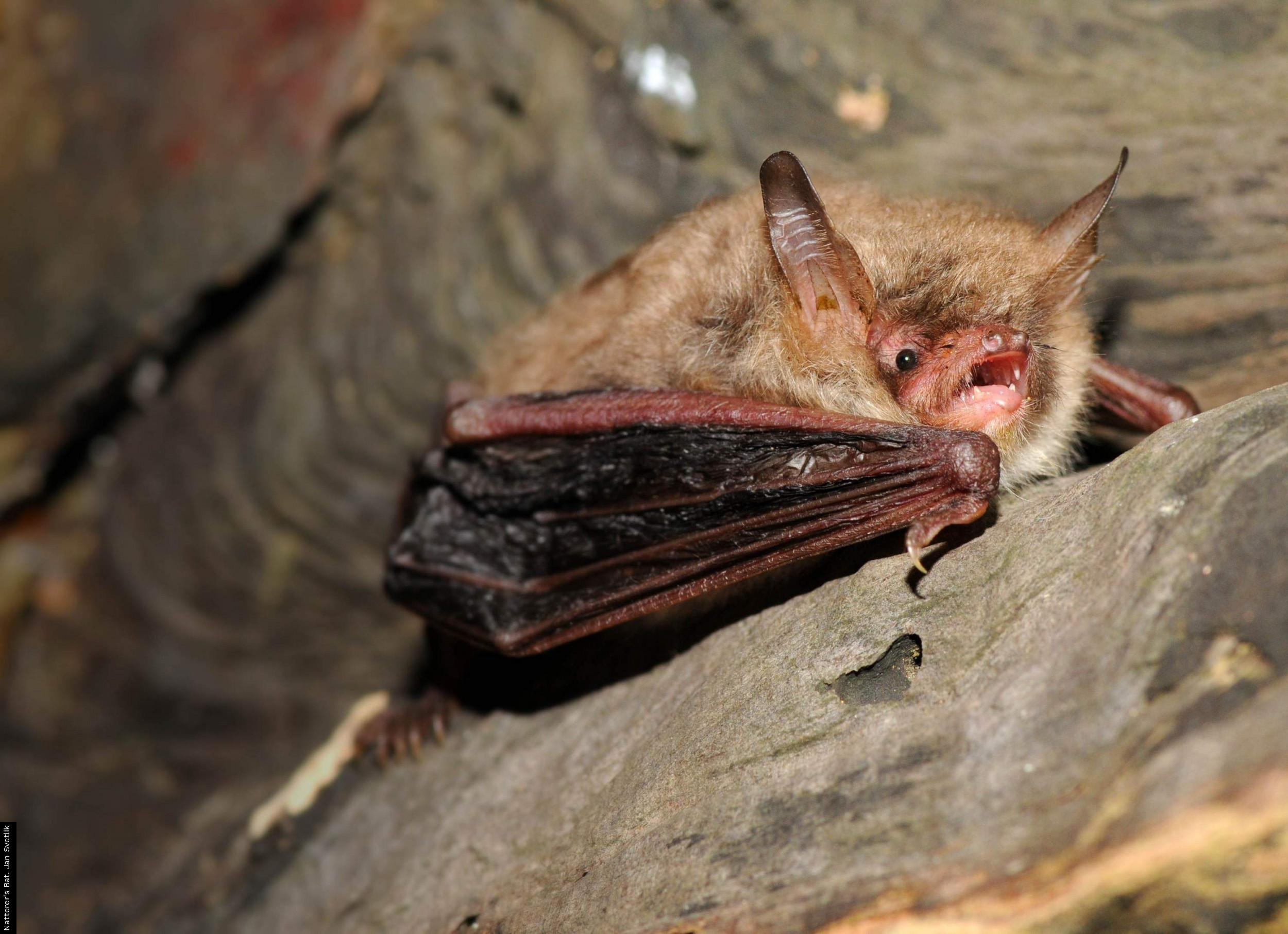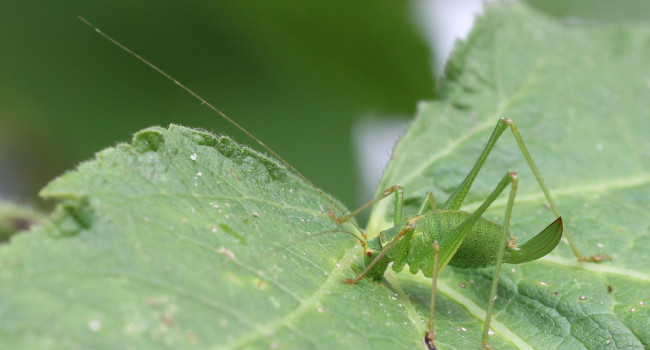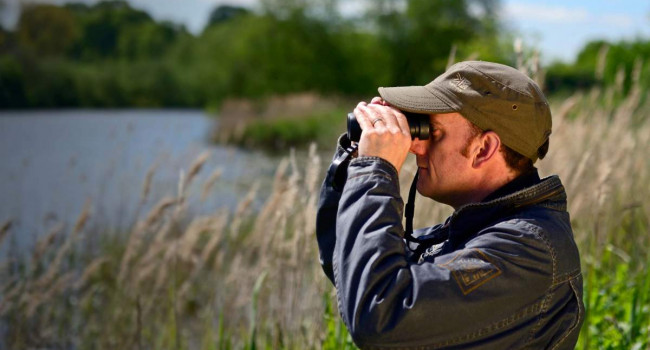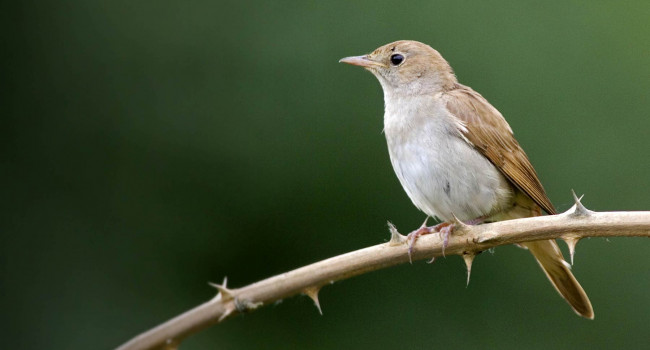Norfolk Bat Survey

Norfolk Bat Survey offers anyone in Norfolk the opportunity to borrow automated equipment to record bats in the local area.
Our projects aim to improve our understanding of bat distribution and activity by providing an opportunity for anyone to take advantage of recent advances in technology for automating the capture and analysis of acoustic data for bats. Currently we are conducting bat surveys across Norfolk and parts of Suffolk.
To achieve this, we have set up a number of Bat Monitoring Centres in these areas, from which you can borrow equipment for a few days to take part in the survey. In return we will let you know what species were recorded. The survey season runs from the mid-May until the end of September, so plenty of time to take part.
We are limited by the number of detectors, so if you are interested you need to be quick in expressing interest and reserving your 1-km square to survey. Once you have reserved a square, you will be able to reserve a detector to use.
- Please note that this survey requires three different points (ideally at least 200-metres apart) to be surveyed ideally on consecutive nights within a 1-km square (read more under our survey methods). To choose a survey square please sign up through our Norfolk sign-up map.
Time / skill required
Project timeline, contributions & findings
Project timeline
- 2013 Start of the Norfolk Bat Survey
- 2015 Over 1 million bat recordings collected
- 2016 Survey trialled in Scotland
Contributions & findings
- Large-scale citizen science improves assessment of risk posed by wind farms to bats in southern Scotland
- Potential for coupling the monitoring of Bush-crickets with established large-scale acoustic monitoring of bats
- A novel citizen science approach for large-scale standardised monitoring of bat activity and distribution, evaluated in eastern England
- Bat-monitoring: a novel approach
Who can take part?
The focus of this project is Norfolk, but bat detectors are now available for use in the Suffolk Brecks and in the Waveney River Catchment. The project is for anyone who is able to collect a bat detector and requires three different points, ideally at least 200-metres apart, to be surveyed on consecutive nights within a 1-km square.
When to take part
Between mid-April and September. We are limited by the number of detectors, so if you are interested you need to be quick in expressing interest and reserving your 1-km square to survey. Once you have reserved a square, you will be able to reserve a detector to use.
How to take part
Choose a 1-km square you would like to survey and follow an e-mail link you will receive to book out a detector. We have set up a number of 'Bat Monitoring Centres' across the county, from which you can borrow equipment for a few days to take part in the survey. You can contact the survey organiser Hazel Evans (norfolkbatsurvey [at] gmail.com) if you have any questions on the project.
Please note that this survey requires three different points (ideally at least 200-metres apart) to be surveyed ideally on consecutive nights within a 1-km square (read more under our survey methods).
Results to date
786 1-km squares (15% of Norfolk) have been surveyed for bats since the start of the project in 2013. This comprises 2,653 complete nights of recording, which has resulted in the collection and analyses of over half a million bat recordings from across the county.
Further reading
Newson, S.E., Ross-Smith, V., Evans, I., Harold, R., Miller, R. & Barlow, K. 2014. Bat-monitoring: a novel approach. British Wildlife 25, 264-269.
Learn more about BTO's cutting-edge acoustic monitoring tool, the BTO Acoustic Pipeline.






Share this page